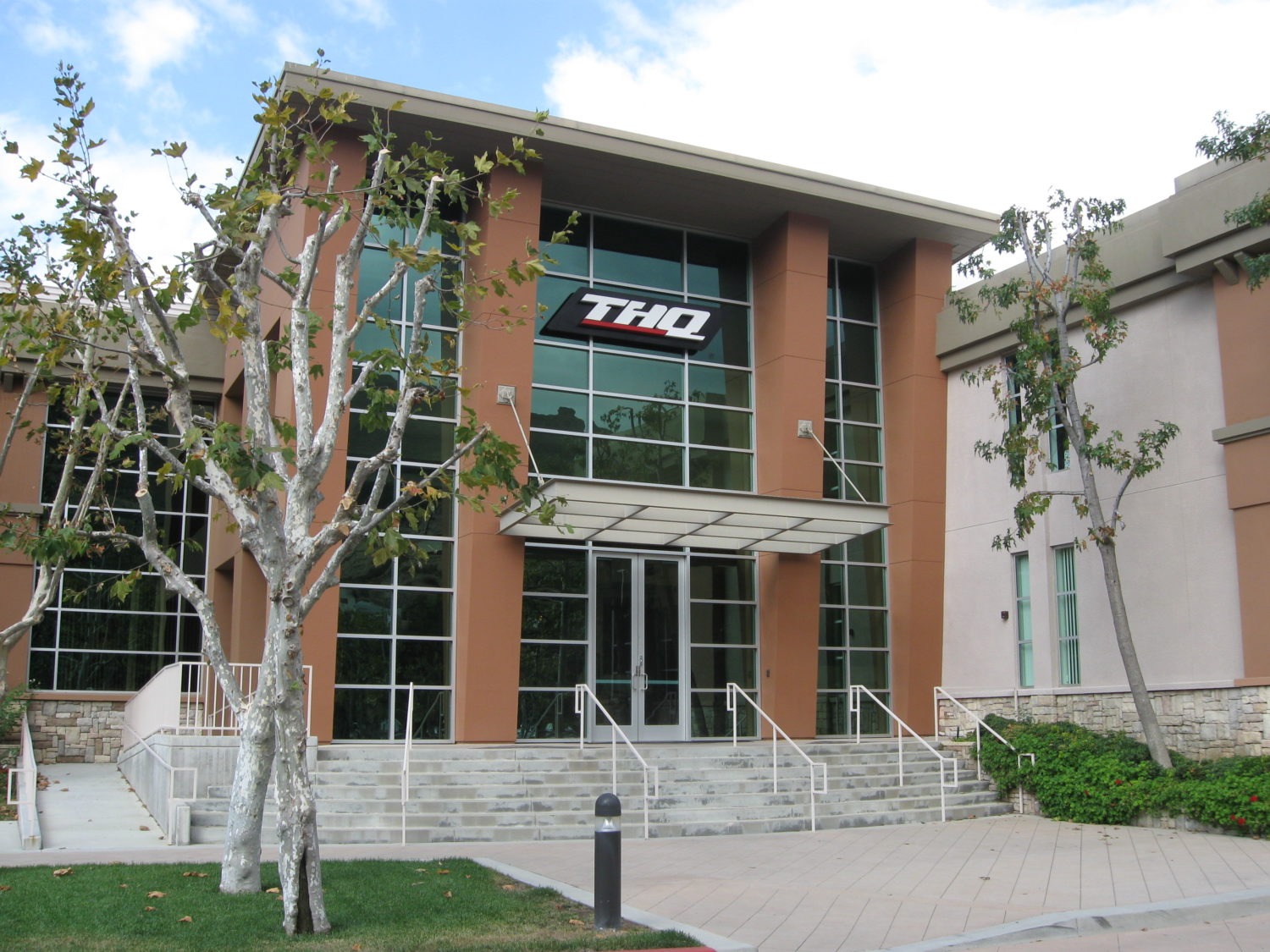
Fun & Games at THQ
It’s become expected that popular cartoons and kids’ movies are soon turned into video games, and one of the biggest creators of such fare is Calabasas-based THQ.
While THQ creates titles geared toward the teen and adult market, it also happens to be the number one publisher of games for children. With a master license from Nickelodeon, it’s a sure bet that if your kids are playing a Rugrats, Fairly Odd Parents, Spongebob Squarepants or Rocket Power game, it came from THQ.
For John Ardell, group marketing manager at THQ, creating the games rated “E” for everyone is a greater challenge than many of the others. Game designers, he says, have to be creative in making elements that will keep older children entertained.
“It can be tough, because there has to be conflict for fun game play,” Ardell says. “There has to be consequences, a winner and a loser, so you have to come up with creative ways to make those stakes.”
In a Rugrats game, for example, characters don’t “die,” they go to sleep.
“And there’s a milk bottle that fills up or goes down,” Ardell says. “That’s your ‘life.’”
For every game parents fear like “Grand Theft Auto,” Ardell says, there’s a “light” equivalent created by THQ. Kids, he says, want to play the games their older brothers or sisters are playing, and these alternatives help them have that experience in a format more acceptable to parents.
Another technique in “E” games is to have the characters going up against non-humans. They’re pitted against obstacles, robots, coconuts, whatever … not so much against each other.
“Parents don’t want to see (Rugrats’) Chucky and Tommy in direct conflict with each other,” Ardell says.
THQ works closely with the creators of the shows the games are based on, not only to ensure they meet the creators’ standards, but to deal with a variety of issues from how it looks to whether the game play reflects the show itself.
“We been doing this long enough that we’ve got a real good feeling about the ‘E’ rating,” Ardell says.
Two-year process
It can be two years or more from the initial concept of a game until the day it’s released to consumers. Most of the development work is done at independent studios around the country, with THQ supervising the process and, later, handling the manufacture, marketing and distribution. Of the many challenges faced in coming up with a fun new game, one of them is ensuring the game is neither too hard nor too easy for the age group its targeted for.
So, THQ turns to kids to help.
“We use kids at all stages,” says Jennifer Campana, senior media relations manager. “From the concept phase, where we show them the character sketches, all the way through the actual game play.”
Even so, Ardell says they’ve got a pretty good idea from past experience what works and what doesn’t, so by the time the kid testers come along they’ve worked out a lot of the bigger bugs. A lot of it, he says, boils down to that easy-hard formula: It should be easy enough that kids can play it without too much tutorial (which they don’t like, he says) and hard enough to be challenging.
With the engines that drive typical games already well-established, Ardell says designers these days can spend more time working on the game play itself, which leads to better games overall. That’s good news for kids and parents, since video games continue to grow in popularity. As Ardell points out, parents today represent the first generation to have actually played such games themselves, and it’s not as alien a concept to us.
“Today, Dad already has a Playstation 2, so when the kid turns 6, he goes out and gets that Rugrats game,” Ardell says. “There are lots of games parents and kids can both enjoy. Our Hot Wheels game, for example, which is a more wholesome alternative to something like Twisted Metal.”
Next Up
THQ has a deal to make games based on the next three Pixar films, and their next big release will be the game versions of the film Finding Nemo. As with all of its license products, the game will be an attempt for fans of the show to “play” the story. Sometimes, that means re-creating portions of the original, but in most, it’s adding-on to it. To do that, THQ enlists the original talent from the shows themselves, as well as the writers and others involved, to make the game as close to the original property as possible.
With a popular film or show, it’s not hard to imagine easily selling a certain number of games based on it. But at THQ, they say the goal is always to make it a fun game above all.
“Parents don’t buy that many to start with, so we have to be sure it’s strong,” Ardell says. “Some vendors rush things to market, and it shows. We spend more time on the story so it draws you in, it feels like you’re playing the cartoon.”
For more information about THQ, check out www.thq.com.
Post a comment